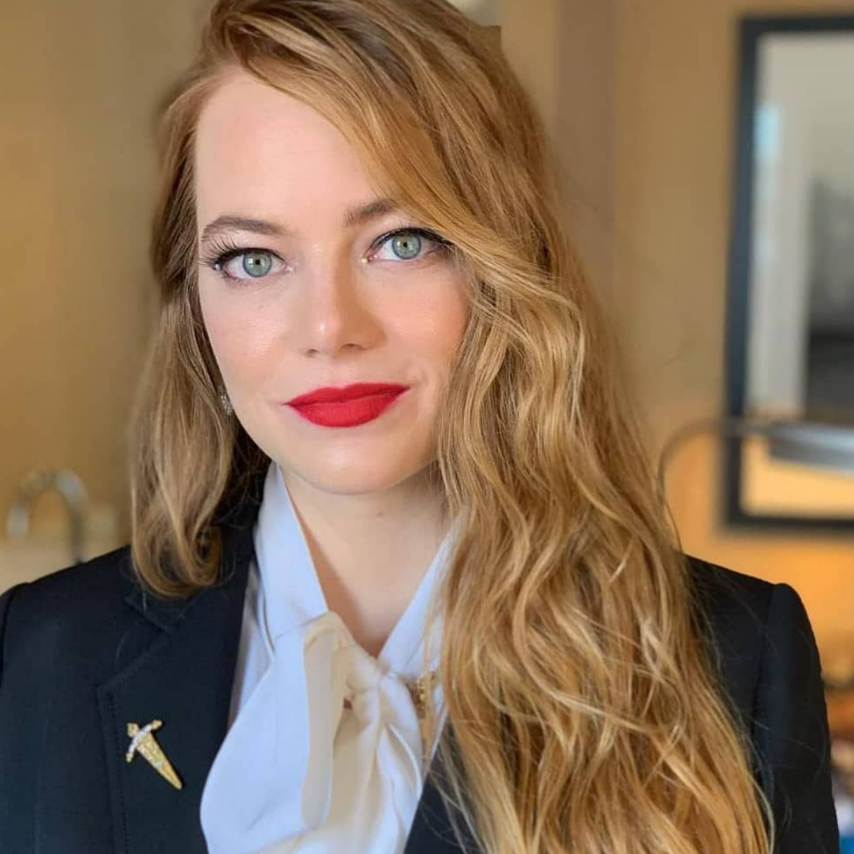


Different eye shapes

Almond Eyes
A person with almond-shaped eyes has an iris that touches the eyelid on both the bottom and the top. They have a visible crease on the lids and the ends of their eyes taper at the tear duct and the outer point. Almond eyes are wider than other shapes and have smaller eyelids.

Round Eyes
A person with round eyes has visibly noticeable creases. The whites on the top or bottom of their irises are visible. Their eyes appear more circular and/or larger and more prominent. The outer and inner corners of their eyes do not taper or pull inward or outward.

Monolid Eyes
A person with monolid eyes does not have much of or any crease. Their eyes look flat.

Protruding Eyes
A person with protruding eyes has eyeballs that appear to bulge outward from the eye socket.

Downturned Eyes
A person with downturned eyes has eyes that taper downward at the outer corner. The eye appears to have a slight drop toward the cheekbone.

Upturned Eyes
Upturned eyes are the opposite of downturned eyes. The eye shape is usually almond-like, but at the outer corner there is a slight lift and the bottom lashes turn upward.

Close Set Eyes
This refers to the location of the eyes on the face more than the shape of the eye. Close set eyes have less space between the eyes. There is very little space on either side of the bridge of the nose.

Wide Set Eyes
Wide set eyes are the opposite of close set eyes. The space between them (across the nose bridge) is further apart.

Hooded Eyes
Someone with hooded eyes has eyelids that appear smaller. The hood is caused by an extra layer of skin that droops down over the crease. 1
Different eye colors
Brown Eyes
An estimated 70-90% of the world’s population has brown eyes. Aside from sharing the same rich eye color, you’re also the proud owners of the most melanin (pigment) within your irises, meaning your eyes are naturally more protected from the sun.
Gray Eyes
Only about 3% of the world’s population is thought to have gray eyes. It’s suspected that gray-eyed people have an even smaller amount of melanin in their eyes than blue-eyed people, and they have a different composition of the stroma that causes the light to scatter differently to create the mysterious, silvery hue.
Hazel Eyes
Hazel-eyed people are second in line for the most melanin, but their pigment is concentrated around the edge of the iris, and flecks of gold, brown or green fill the center.
Green Eyes
Green eyes have low to moderate amounts of melanin and they’re super rare—only an estimated 2% of the population have them.
Blue Eyes
Roughly 8% of the world has blue eyes. Research shows that blue-eyed folks share a single, common ancestor. Scientists tracked a genetic mutation that took place thousands of years ago, which is the cause of all blue-eyed people today.
Amber Eyes
Amber eyes are a solid yellowish, golden or copper color and do not contain brown, green, or orange flecks. If you have amber-colored eyes, it’s likely that you’re of Spanish, Asian, South American or South African descent. 2
Heterochromia
Heterochromia is the term used to describe a difference in a person’s eye color. Someone with central heterochromia has different colors within the same eye. Complete heterochromia is when they have two different colored eyes.
most cases of heterochromia in humans are benign and occur without any underlying abnormality. However, some cases of genetic heterochromia are linked to diseases and syndromes, like Horner’s syndrome or Waardenburg syndrome. 3
Hooded eyes vs. droopy eyes
Hooded eyes are a completely normal and common hereditary trait. You may have just one hooded eye. But, generally, you would have hooded eyelids for both eyes. Some hooded eyes may also happen with age. Aging eyelids can change the appearance and shape of your eyes.
Hooded eyes are not necessarily droopy eyes, though some hooded eyes may appear droopy. Most hooded eyes are deeply set, which means that the eyelid has a larger crease and the brow bone is more prominent. Hooded eyes are a natural eye shape. 4
Celebrities with hooded eyes:

Emma Stone

Blake Lively
Glasses
Nearsighted (also called myopia) means someone can see stuff that’s near, like a book, but has trouble seeing stuff that’s far away.
Farsighted (also called hyperopia) means someone can see stuff that’s far away clearly, but has more trouble seeing up close (like reading the print in a book). Some farsightedness in kids is normal because they can focus their eyes to make up the difference. But some kids are very farsighted and need glasses or contact lenses.
Glasses or contact lenses correct vision because they allow the eye to focus light in the right spot on the retina — the spot that produces the clearest image. Because everyone’s eyes are different, a pair of glasses that makes one person see wonderfully may look terribly blurry to someone else. You know this if you’ve ever tried on somebody else’s glasses! 5
Fact Check



Information / Text Sources
Different eye shapes
1)
https://www.visioncenter.org/conditions/eye-shapes/
Different eye colors
2) https://www.aclens.com/Most-Common-Eye-Color
Heterochromia
3) https://www.medicalnewstoday.com/articles/319389#causes
Hooded eyes vs. droopy eyes
4) https://www.visioncenter.org/conditions/hooded-eyes/
Glasses
5) https://kidshealth.org/en/kids/glasses.html
Fact Check
6) https://www.allaboutvision.com/cosmetic/eyelid-surgery/
7) http://www.glassescrafter.com/information/percentage-population-wears-glasses.html
